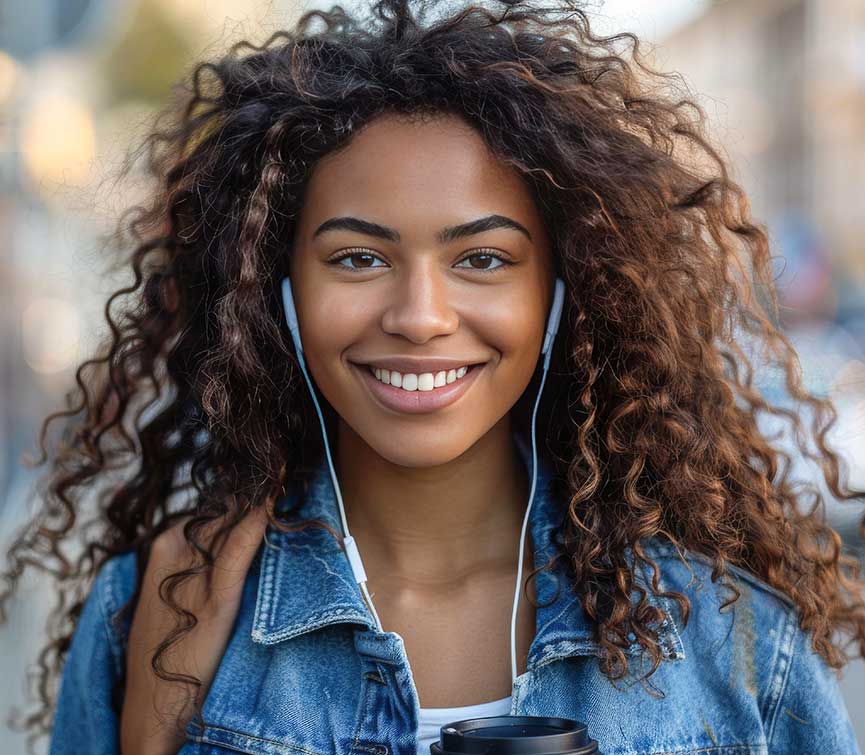The Path to a Perfect Smile: Understanding the 3 Types of Dental Implants
When considering dental implants, it is crucial to know the three main types: endosteal, subperiosteal, and zygomatic. Each type is uniquely suited to meet specific requirements based on the condition of your jawbone and individual dental needs.
Key Takeaways
- Endosteal implants are the most common type, involving titanium screws placed directly into the jawbone.
- Subperiosteal implants rest on top of the jawbone under the gum.
- Zygomatic implants are anchored in the cheekbone and are suitable for cases with significant bone loss.
- Each type of implant serves different bone density and structural needs.
- Material choices like titanium and zirconia affect the implant’s integration and success.
Endosteal Dental Implants
Endosteal implants are the most commonly used type of dental implant. If you’re considering dental implants, you’ll likely encounter this option. They consist of small screws, usually made from titanium, placed directly into your jawbone, serving as a strong foundation for artificial teeth.
The choice of implant materials is important for the success of endosteal implants. Titanium is favored for its durability and biocompatibility, meaning it integrates well without irritating your body. Zirconia has recently emerged as a popular material due to its tooth-like color and hypoallergenic properties.
The surgical techniques employed for placing endosteal implants are highly refined. Initially, you’ll undergo a detailed assessment, including imaging tests, to ensure your jawbone is adequate to support the implants. If you’re ready, the surgery involves preparing the bone, followed by the precise drilling to insert the implant. After the implant is placed, a period of healing, known as osseointegration, occurs where the bone fuses with the implant. This process is important for providing the stability your new teeth will need.
Understanding these aspects can help you feel more prepared and confident about choosing endosteal implants as a reliable solution for restoring your smile.
Subperiosteal Dental Implants
Subperiosteal dental implants are another option, sitting atop your jawbone rather than being embedded within it. Unlike endosteal implants placed directly into the bone, subperiosteal types rest on top of the bone but under the gum. This method might be ideal for you if you don’t have a healthy jawbone and aren’t keen on undergoing intensive procedures to rebuild bone.
The frame of a subperiosteal implant is custom-made to fit over your jawbone. During surgery, your gum is opened to place the metal frame onto the bone. The gums then heal around the frame to hold it in place. Post-surgery, the artificial teeth are mounted to poles that protrude from the gums.
Subperiosteal implants can be a durable choice when considering implant longevity, though they generally don’t last as long as endosteal implants. The surgical risks associated with them are typically lower since the procedure isn’t as invasive as that for endosteal implants. However, it’s important to discuss potential complications, like gum irritation or the frame becoming exposed, with your dentist to ensure this method fits your needs.
Zygomatic Dental Implants
While subperiosteal implants offer a less invasive option, you might also consider zygomatic implants if you lack sufficient jawbone for traditional placements. Zygomatic implants utilize a unique zygomatic technique, anchoring into the cheekbone rather than the maxilla, or upper jaw, which is commonly used in traditional methods. This technique is particularly beneficial if you’ve experienced significant bone loss in your jaw that disqualifies you from other implant types.
The zygomatic implant procedure is more complex than standard implants and typically requires a specialist trained in this technique. It’s worth noting that these implants are considerably longer than conventional dental implants, allowing them to anchor in the denser bone of the zygoma securely.
One of the major advantages of zygomatic implants is their implant longevity. Due to their robust anchoring system, they tend to have a high success rate and can last many years with proper care. This makes them a reliable long-term solution for those with severe jawbone deterioration.
If you’re considering this option, it’s vital to consult with a dental implant specialist who can assess your suitability for the procedure and explain the associated risks and benefits. This could be your pathway to restoring a functional, confident smile.
Frequently Asked Questions
How Long Do Dental Implants Typically Last?
Dental implants typically last for many years, but longevity depends on implant maintenance and factors like oral hygiene and lifestyle. You’ll find they can even last a lifetime with proper care.
Are Dental Implants Covered by Insurance?
You’ll find that insurance coverage for dental implants varies widely. Check your policy’s criteria to see if they’re included, as insurers often have different rules about what they’ll pay for.
What Is the Success Rate of Dental Implants?
The success rate of dental implants is high, often exceeding 95%. With proper implant maintenance and considering success predictors, you’ll likely experience a positive outcome, enhancing your oral health and smile.
Can Dental Implants Be Whitened Like Natural Teeth?
Because of their material properties, you can’t whiten dental implants like natural teeth. Instead, you must explore cosmetic alternatives like veneers or crowns to match them to your desired whiteness.
Are Dental Implants Safe for Everyone?
Dental implants are generally safe, but they’re not suitable for everyone. Before proceeding with this treatment, you’ll need to meet certain health prerequisites and confirm you’re not allergic to the implant materials.
Conclusion
To summarize, you have three main choices for dental implants: endosteal, subperiosteal, and zygomatic.
Endosteal implants are the most common, placed directly into the jawbone.
If you lack sufficient bone, subperiosteal implants, which rest on the jawbone, might be your option.
For a more complex solution, zygomatic implants anchor into the cheekbone.
Each type offers unique benefits, so consult your dentist to determine which implant best suits your dental needs and guarantees long-term success.
Table of Contents
Toggle


